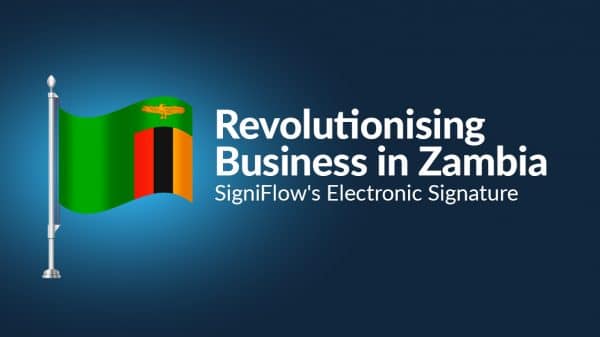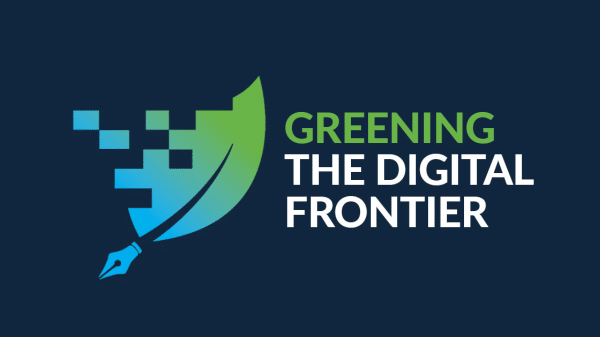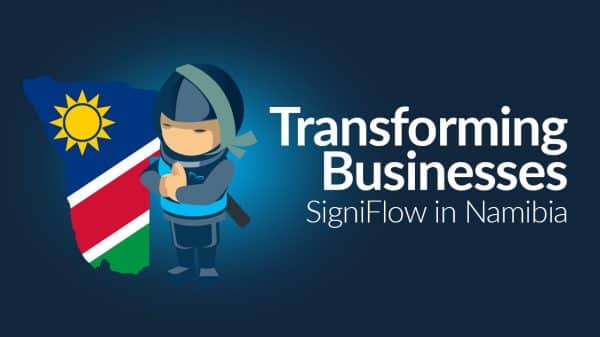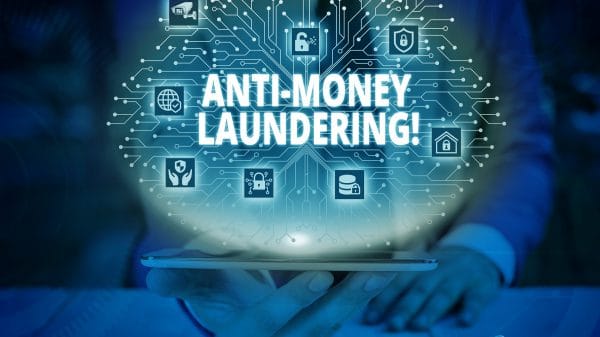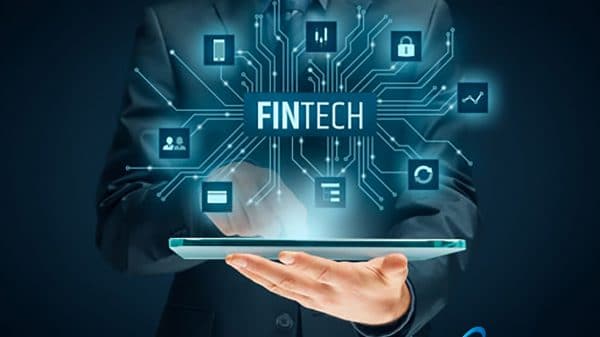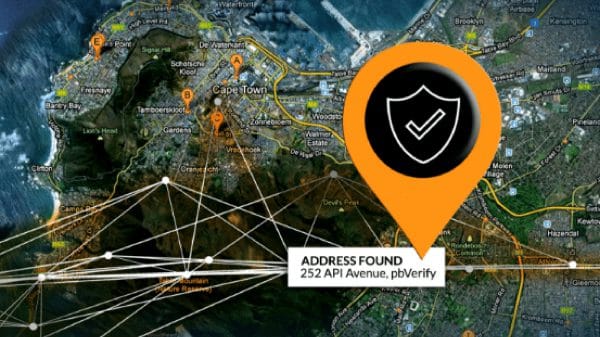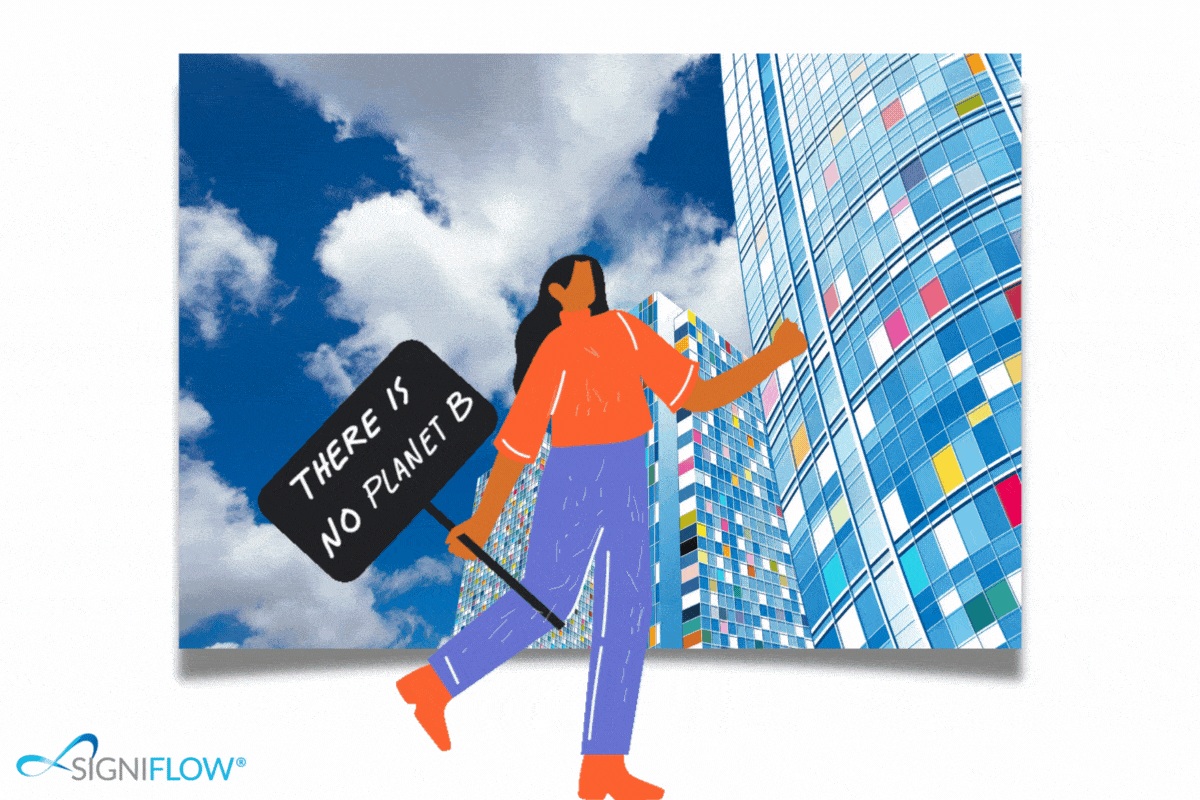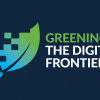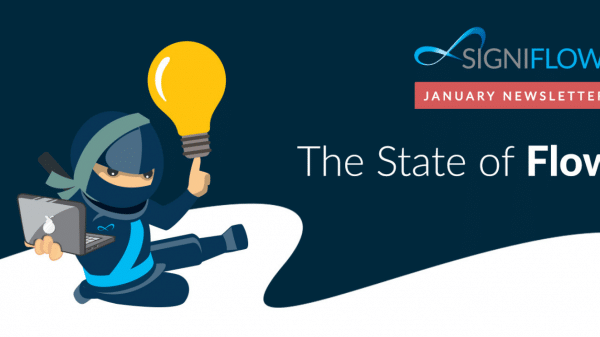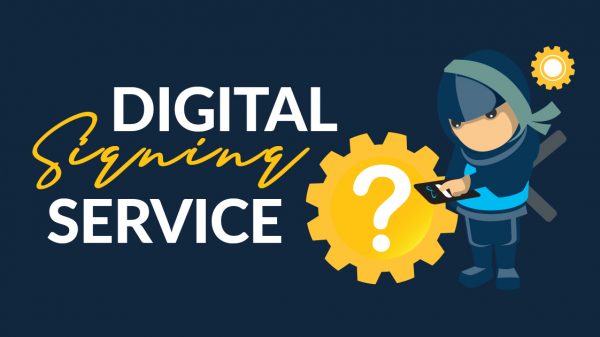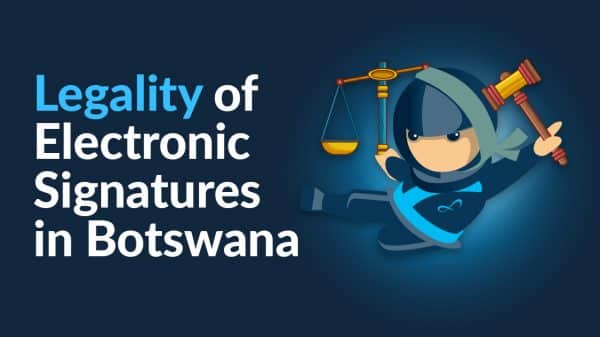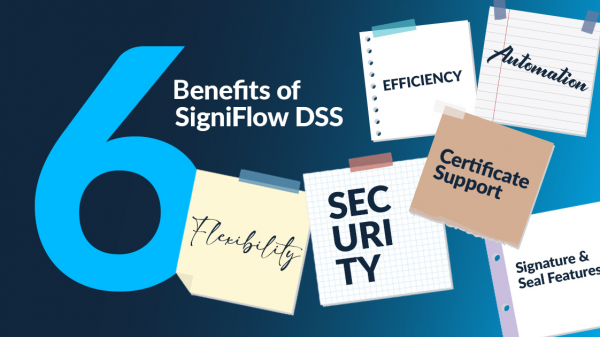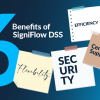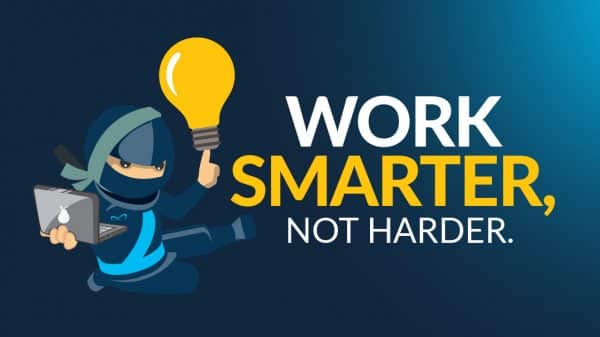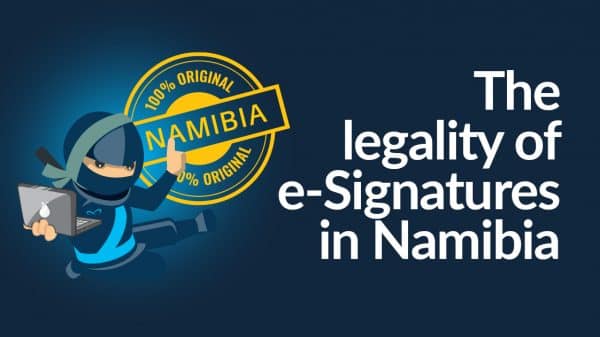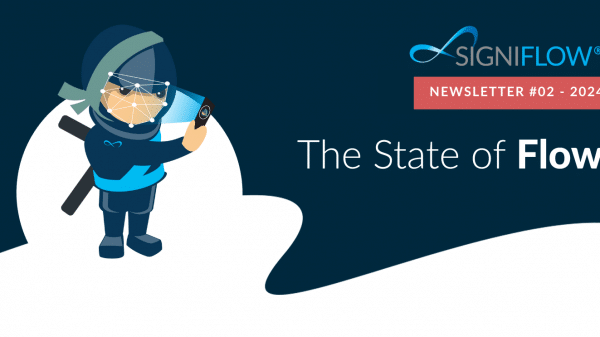When the first pieces of paper were made in China in 105 AD, no one could have imagined how widely it would end up being used, or the implications of this.
Paper as we know it today only boomed at the end of the 19th century. In Britain alone, paper production rocketed from 96 000 tonnes a year in 1861, to 648 000 tonnes in 1900 . This massive increase followed the development of new techniques for extracting fibres from wood, which saw the cost of paper drop, and production rise. This was also the start of many paper-related sustainability issues.
In 2021, an estimated 409 million tonnes of paper was produced. This equates to an estimated 22 495 000 000 000 (yes, that is a trillion) litres of water used to grow and produce said paper. For reference’s sake, this is more water than is currently in the Colorado river – the fifth largest river in the United States.
What is causing this excessive use of water?
So what is causing the use of so much water? Well, it comes down to three things:
- Growing trees
- Making pulp, and
- Bleaching paper (incidentally, the most wasteful of the three elements)
Growing trees: An ironic state of affairs
You may think that the use of water to grow trees is good for the environment, because it means more trees – and more trees means less carbon dioxide in the atmosphere.
And you’d be right. However, there is another side to this.
You see, in order for new trees to be planted for paper production, existing trees must be cut down. And when trees are chopped down, wildlife is displaced, and ecosystems disrupted.
Pulp to paper: An intensely chemical process
The pulp is an interesting part of the process. While you’d be forgiven for thinking that paper was made by turning freshly cut bark strips into crisp, white pages you find on your desk, you’d be very wrong.
The process is far more intensive and energy sapping (pun not intended). Actually, trees are first turned into wood chips, before being boiled in a highly-chemical water solution to make them soft and manageable.
Bleaching: Water rendered useless
Then – and this is the big culprit – bleaching takes place.
Bleaching is required to turn that brown wood into the bright white that we all know. The chemical-laden water that is left over is unusable, and is simply disposed of, with the hope that it won’t damage the ecosystem further.
According to the World Resources Institute, most of the world won’t have enough water to meet demand year-round by 2040 – unless there is a massive about-turn in our water usage. And we know that this is not just fear-mongering, because we’ve already seen this start to manifest in cities all over the world.
One of the most well-known cities to fall victim, is the beautiful city of Cape Town, South Africa. Time has in fact described the dire situation there as a “dystopian scenario”.
So how do we prevent this looming dystopia?
In a Forbes article titled “The sustainable impact of a paperless office”, the paperless office is described as “one of the most tangible examples of digitalisation that has a positive impact on the environment, while also providing major business performance benefits.”
At SigniFlow, we couldn’t agree more. Our goal is to completely digitise and automate businesses’ paper-based processes to enable them to move towards a more sustainable, more cost-effective and efficient future.
Paper-based processes cause issues that simply don’t arise in a digital world. In a digital world, documents cannot go missing. In a digital world, business processes are immediately sustainable and compliant.
But isn’t going paperless difficult?
Any concerns around the effort involved aside, if a business is to get and maintain a competitive advantage and maximise profits, paperless processes must be implemented.
But the good news is that, while your business is not going to go paperless overnight, it can be done with minimal disruption – as long as you have the right digital partners.
Rome wasn’t built in a day – but then Rome didn’t have SigniFlow on its side. Who knows how different things could have been if they did…
But in all seriousness, we have seen company after company migrate their manual processes to digital, and have yet to see any one of them abandon their projects because of the effort involved.
The bottom line
A study by Cone Communications found that 87% of people asked were more likely to purchase products from companies that supported the issues they believed in – and 76% said they would be unlikely to buy from companies on the wrong side of issues that conflict with their values.
It’s a win-win: Not only will you be getting more customers, but you’ll also be able to handle the influx – thanks to your new time-saving automation system.
At the end of the day, our world’s resources cannot simply be reproduced and they cannot be saved once they’ve passed a certain point. The world needs businesses and individuals to do their part to help save us all from a dystopian nightmare.
REFERENCES
- Pixartprinting – The history of paper: from its origins to the present day
- Statista – Paper consumption worldwide from 2020 to 2030
- Sierra – Hey Mr. Green, What About All The Water It Takes To Make Paper?
- Crash Course Kids YouTube – H20-NO! Fresh Water Problems
- PopSci – Where does your paper come from? The good and the bad news
- Paper on the Rocks – Paper Making: What makes Paper Production such a wasteful process?
- World Resources Institute – Ranking the World’s Most Water-Stressed Countries in 2040
- Time – Cape Town South Africa water crisis
- Forbes – The sustainable impact of a paperless office
- Cone Communications – Case Studies: Corporate Social Responsibility

